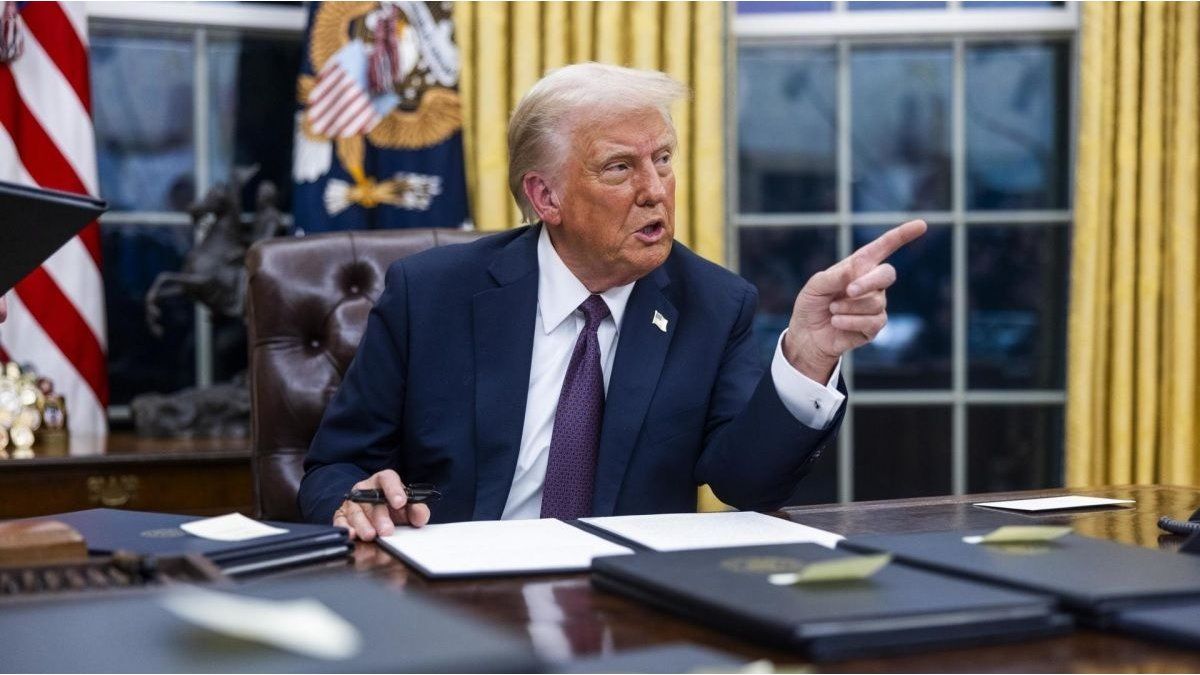Although the price freeze may have worked to moderate and / or freeze prices, the measure was only regulated on October 20, therefore, the figure that will be released this month responds more to the first price increases than led the government to make the decision.
The Consultant Focus Market estimates an inflation of 3.4%: “The implementation of the Freeze was not reflected in a general deceleration of prices in the gondolas of the large chains until last October 20 where there were still several products from the list of Resolution 1050 without being able to complete because the products were discontinued of the production process or because the price was outdated when the measure was published. Until before the Freeze, the level of compliance with the careful prices program was 97% in these types of points of sale, “said Damián Di Pace, Director of the Consultant.
“The variation of prices in the month of October had different temperatures with a higher level of implementation of the price freeze in large chains and lack of possibility of compliance in national and Chinese supermarkets, kiosks among others where 70% of the commercialization of mass consumption in Argentina. These mouths receive a higher cost price list than what the Resolution of the Price Freeze requires for sale, “Di Pace warned.
Consultant LCG estimates inflation of 3.2% average in four weeks of October: at the same time, they warn that “in the fourth week of October the rise in food prices averaged a fall of 0.29%, slowing down 2.pp compared to the previous week.” Therefore, the numbers would indicate that the price freeze would have served to lower the price increases. Making a reservation: according to the consultant, fruits take away meals and meats were the only foods that did not register casualties in the fourth week.
Consultora C&T estimates inflation of 3.6%: “The month had started with a greater variation but it was losing some momentum, especially in the second half of the month after the price freeze decreed by the national government, which was especially reflected in food and beverages. , which at times grew more than 4% in relation to the same period in September, was somewhat below the average, at 3.3% “. For the consultant, the item that increased the most was health, due to the 9% increase in prepayments. Clothing would have ranked as the second item with the highest increases due to seasonality.
CESO Consultant estimated inflation of 2.6%: for the consulting firm that reports every week, there was a variation of 0.3% in the week between Monday, October 25 and November 1. Thus, the accumulated increase for the tenth month of the year was 1.9 compared to four weeks ago. But if the INDEC methodology is replicated, the average prices for October remain at 2.6% versus average prices for September. For economists, the price freeze and the impact of CyberMonday in the household appliances sector influenced the reduction of some products. Food continues to be the item that increases the most (1.9% average).
Seido Consulting estimates October inflation of 4.1%: Monthly inflation was 4.1%, above the September impression of 3.5%. “Core inflation was 4.3% month-on-month, higher than the previous 3.3% month-on-month, and seasonal prices increased 5% month-on-month,” the consultancy said. At the same time, it warns that the escalation decreased in the last week of October as a result of the price freeze: “prices increased 0.1, the lowest variation in 13 weeks.” “Core inflation was 3.1% month-on-month, the same as the previous two months, and seasonal prices increased 2.4%,” they added.
In the outlook for November, Seido states: “We expect monthly inflation to decrease somewhat in November, but to remain above 3% month-on-month. Given the upcoming elections, it would not be surprising if ongoing measures, such as a pegged exchange rate, few hikes to regulated prices, and recently disclosed price freezes, remain in place. “
“Regardless of their final cost, these measures could reduce headline inflation to around 3% per month in the near future, albeit at the cost of even faster price growth when finalized. In addition, inflation expectations are lurching upward. , as recent adjustments to salary agreements and most polls show, which means that they will become another risk factor. “
“Finally, the large fiscal and monetary expansions in recent months will surely be a trigger for price growth. given the scarcity of opportunities to expand production and increased demand, these short-term movements driven by elections are intended to create, “they concluded.
Source From: Ambito
David William is a talented author who has made a name for himself in the world of writing. He is a professional author who writes on a wide range of topics, from general interest to opinion news. David is currently working as a writer at 24 hours worlds where he brings his unique perspective and in-depth research to his articles, making them both informative and engaging.




